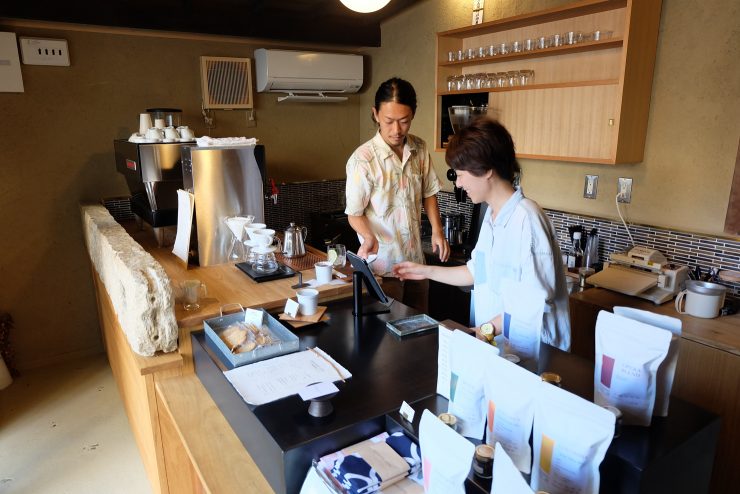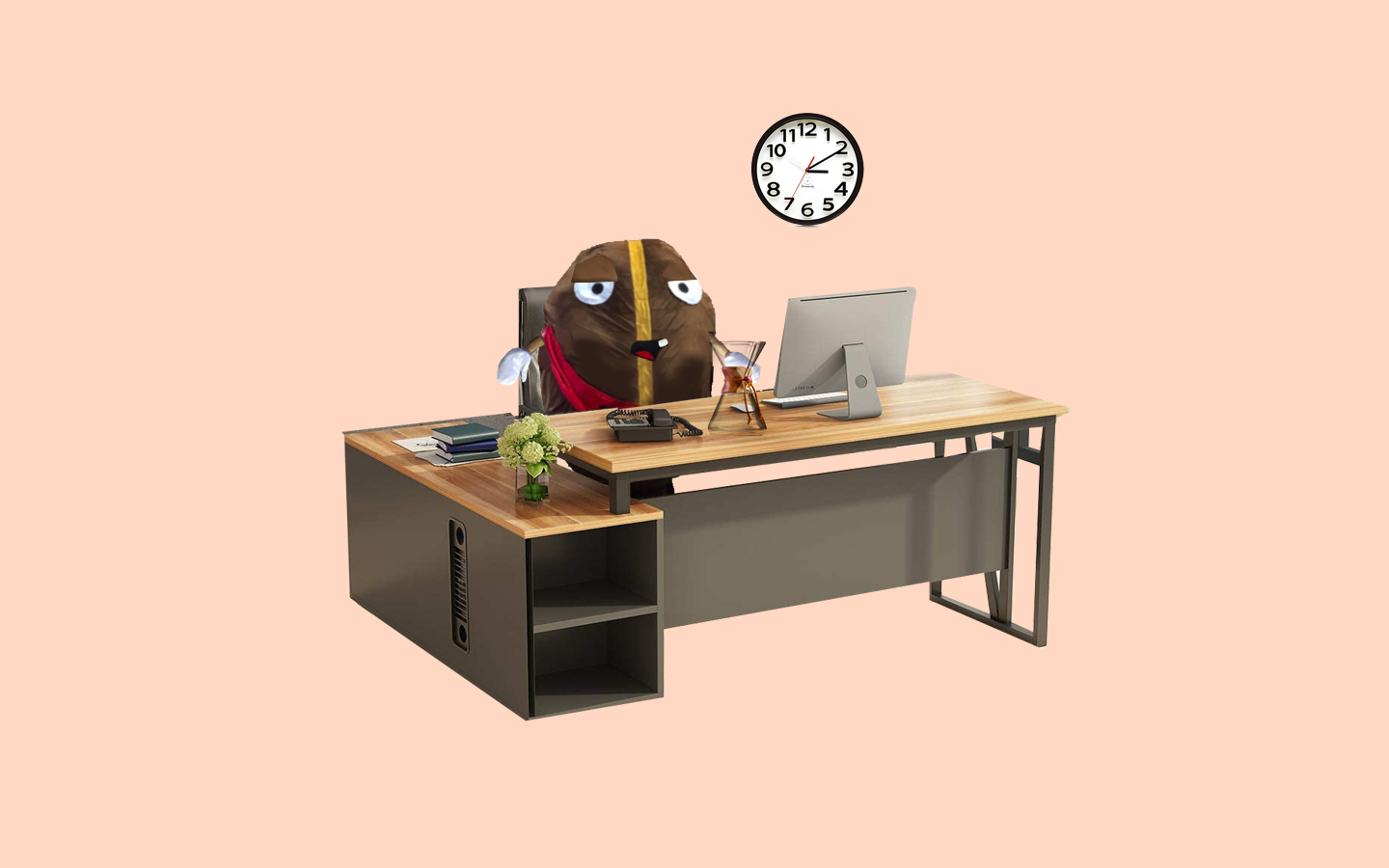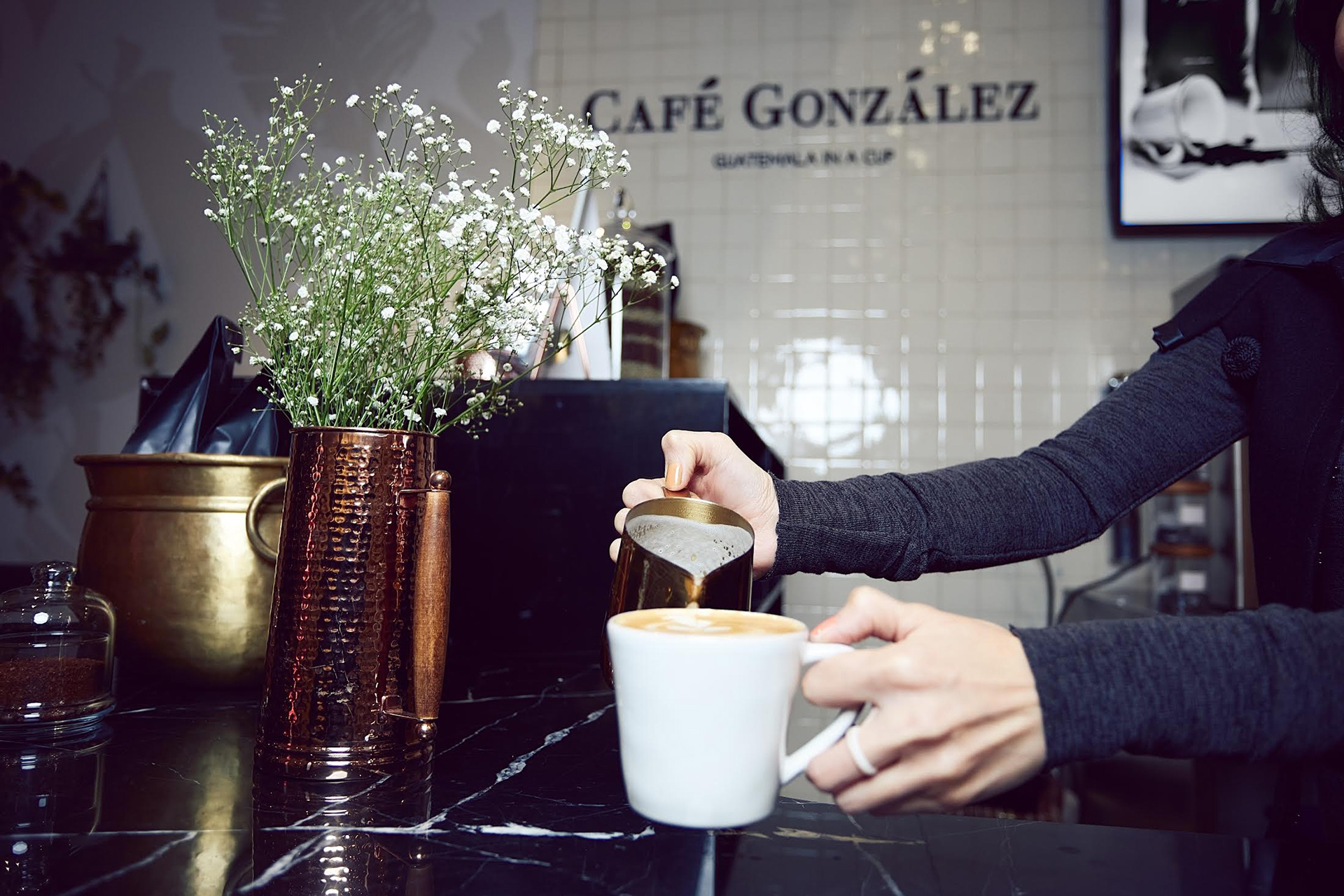
Kyoto is said to be the cultural capital of Japan. Spared from the air raids of World War II, it’s one of the few cities in the country with an abundance of prewar buildings. Still, Kyoto is very much a modern city—and a highly trafficked one. The dense concentration of historical sites, the walkability and relative ease of access of the town, and the encompassing nature attract visitors from all over. During all seasons the town is overflowing with school buses full of giddy uniformed school kids, retirees in bucket hats and hiking vests, and clumsy tourists from abroad forever clutching cameras and phones stuck on rapid-shutter mode. Regardless of the crowds, there is always a quiet corner to discover, a piece of ancient beauty to see, and the humbling realization that this place served as the capital of Japan for more than 1,000 years.
Kyoto has many faces. The downtown areas have wide boulevards, covered walkways, and giant department stores. Stray from the modern shopping districts and the roads get narrower, buildings begin to favor wood construction over concrete, and small mom-and-pop shops become the norm. Kyoto city is in a valley, and mountains—bushy with tall, swaying trees—surround it on all sides. No matter where you are, you’re never far from a temple or shrine with hundreds of years of history.


The city was built on a grid, and if you wander off the main avenues of Nakagyo Ward it’s easy to get lost between crisscrossing covered shopping streets, cramped alleys, and residential blocks. As you worm your way through the narrow roads peppered with kissaten (old-school coffeehouses) and boutiques selling handcrafted goods, you might stumble upon a little sign propped up at the edge of a parking lot that reads “Weekenders Coffee Tominokoji.” You might then also think to yourself, “No, that can’t be right.” But, sure enough, walk through the hourly parking lot with its yellow lines and cars in a neat row and there is an espresso bar disguised as a quaint wooden townhouse.

Weekenders Coffee opened this new location in July. The design of the shop is a massive nod to Kyoto traditions: sliding partitions, bamboo, wooden beams, and clay walls all play a part. The exterior of the shop is punctuated by small trees in mossy beds and arranged stones. Owner Masahiro Kaneko says of the build-out, “Coffee isn’t a fad to us—it’s part of our lifestyle. We wanted people to feel the Japanese style of the area and didn’t want to follow the trend of imitating Melbourne coffee shops.”


The original Weekenders Coffee opened in 2005 and became one of the first espresso shops in the prefecture. Inspired by coffees from Tim Wendelboe, Square Mile, and others, Kaneko began roasting in 2011, introducing lighter roasts to his customers. Space was at a premium, and things got cramped and hot as the demand for his beans grew, so Weekenders Coffee Tominokoji was born. In the narrow and crowded city areas of Kyoto, open stretches are hard to come by, so even a parking lot can seem like an oasis. “It’s an air pocket between us and the noisy areas of the town,” says Kaneko.


At the far edge of the lot, people stop and puzzle at the small sign advertising the cafe. Slowly and unsurely, some drift through and approach the shop. There’s a certain kind of quiet here; customers sit on a bench or wall, take a few moments to catch their breath, and enjoy a little peace with their coffee. The building itself may be slightly removed, but Weekenders Coffee’s soul is deep within Kyoto. The baristas greet first-timers and friends with the same smile, and prepare pour-overs with concentration and care. For this city, famous for its hospitality, it’s good to see New Wave coffee has a home.
Eric Tessier is a freelance journalist based in Tokyo. Read more Eric Tessier on Sprudge.
























